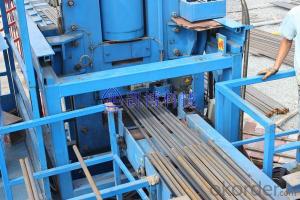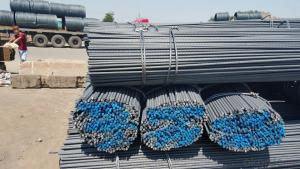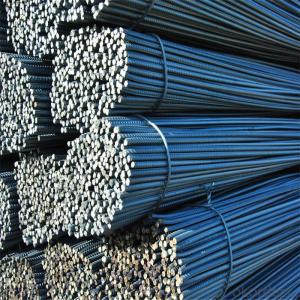Y16 Rebar
Y16 Rebar Related Searches
T10 Rebar Ss Rebar 18J Rebar Frp Rebar 30M Rebar Rebar 10Mm Gfrp Rebar Rebar Identification Rebar Coil Grade 80 Rebar Astm A615 Grade 60 Rebar Rebar Lengths Standard Rebar Tensile Strength When Was Rebar Invented Blue Steel Rebar Rebar Stirrups Billet Rebar Billet Steel Rebar Re BarsY16 Rebar Supplier & Manufacturer from China
Y16 Rebar, a high-quality steel reinforcement product, is widely recognized for its strength and durability. This product is primarily used in construction projects, particularly in concrete reinforcement, where it plays a crucial role in ensuring the structural integrity of buildings and infrastructure. Y16 Rebar is known for its ability to withstand high stress and its resistance to corrosion, making it a popular choice among engineers and contractors.In various construction projects, Y16 Rebar is utilized to reinforce concrete structures, providing additional support and enhancing the overall stability of the structure. It is commonly used in the construction of bridges, high-rise buildings, and other large-scale projects where the strength and durability of the materials are of utmost importance. The use of Y16 Rebar ensures that the structures can withstand the test of time and various environmental conditions, contributing to their longevity and safety.
Okorder.com is a leading wholesale supplier of Y16 Rebar, offering a vast inventory to cater to the needs of various construction projects. As a reliable source for this essential construction material, Okorder.com ensures that customers have access to high-quality Y16 Rebar at competitive prices. Their extensive inventory allows for quick turnaround times and efficient delivery, making them a preferred choice for businesses in the construction industry.
Hot Products



















































